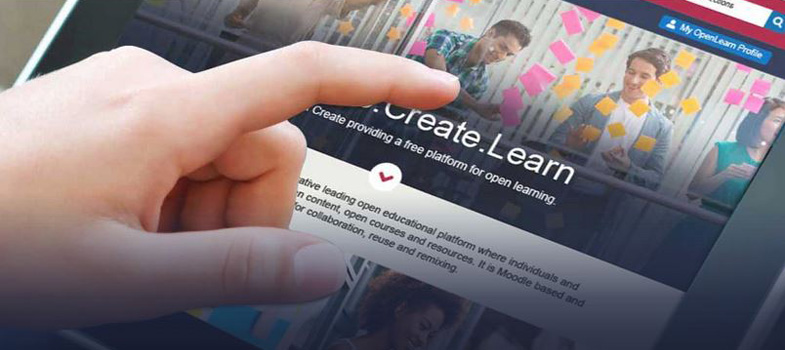Adding Resources
Resource types enable almost any kind of web content to be inserted into the course.
- Book is a multi-page resource in a book-like format, with chapters and subchapters, useful for displaying lengthy information.
- File provide a downloadable Word document, a PDF, an Excel spreadsheet or PowerPoint slides as a course resource.
- Heading enables text and optional icons to be inserted among activities on the course page.
- Label enables text and multimedia to be inserted into the course page between links to other resources and activities.
- Page can display text, images, sound, video, web links and embedded code, such as Google maps.
- Subpage no longer available to add. Existing subpages are still visible in courses on the site.
- URL The URL module enables a teacher to provide a web link as a course resource.
6. Add a URL
The URL module enables a course author to provide a web link as a course resource. Anything that is freely available online, such as documents or images, can be linked to; the URL doesn't have to be the home page of a website. The URL of a particular web page may be copied and pasted or an author can use the file picker and choose a link from a repository such as Flickr, YouTube or Wikimedia (depending upon which repositories are enabled for the site).
There are a number of display options for the URL, such as embedded or opening in a new window and advanced options for passing information, such as a student's name, to the URL if required.
Note that URLs can also be added to any other resource or activity type through the text editor.
To add a URL
In the course space switch editing on.
-
Click on Add an activity or resource under the main course home page or below an existing heading.
The ‘add an activity or resource’ screen will appear.
Under Resources select ‘URL’.
Click on the ‘Add’ button
-
The ‘Adding a new URL’ screen will appear.
Enter a name for the URL and a short description into the relevant boxes, then paste the URL in the external URL box.
- Appearance - you need to click on the arrow beside
'Appearance' to display further options for how the link is displayed.
The display dropdown box has three options you can use - Automatic, Embed or Open (there is also an option for a pop-up which you must not use because it is generally considered user-hostile).
Generally you would choose Open for a normal link.
Automatic - An intermediate page displays. Users can click through to the actual link.
Embed - The linked site will appear in a tiny scrolling area within the page.This means that the learner won't be navigating away from your course and will also be able to see the content of the other website.
Open - The link opens directly in the user's browser in the same window which means that unless the learner uses the back button they will be navigating away from your course. (An intermediate page may display in some cases).It is therefore a good idea to put some help text near the URL link suggesting that the learner holds the Ctrl key while clicking on the link which will open the link in a new tab.
In pop-up - The link pops up in a new browser window. In general, pop-up windows are considered user-hostile because they don't always work well with Accessiblity software used by people with special needs. It is only appropriate to use a pop-up window if the page you are linking to is specially designed to be used as a pop-up tool and has no navigation of its own except a 'close this window' button.
Select the appropriate option. - Click on 'save and display' and you will see your URL in its own page.
Please note, if you want to embed a video in the course, it is better to do it in a label or page rather than a direct URL link, as the embed function doesn’t display properly in OpenLearn Create with a direct URL link.
